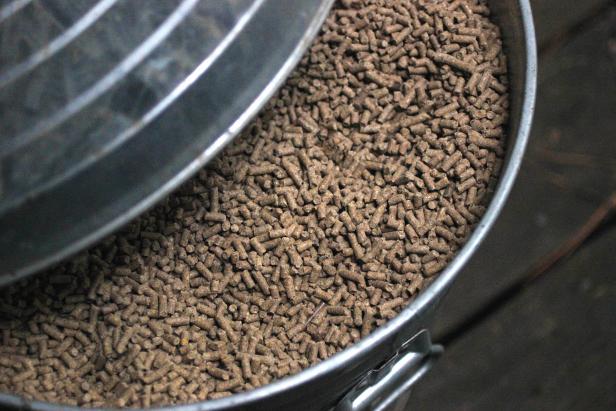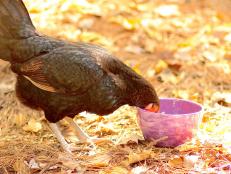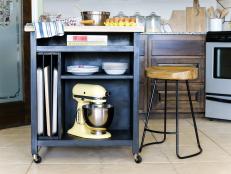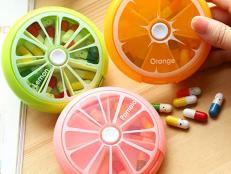How to Store Chicken Feed


Photo by Mick Telkamp
Ask a chicken owner and they’ll likely be able to rattle off the local retailers that carry chicken feed, the cost per bag and the drive time to the nearest purveyor of the protein-rich crumble or pellets that are the mainstay of the backyard chicken’s diet. Nutrition-rich and balanced to provide chickens at all stages of development with the protein and vitamins needed to thrive, chicken feed is the most common ongoing expense when maintaining a backyard flock.
Feed is generally sold in 50 pound sacks. Although these bags are sturdy and reliable, once opened, the contents become susceptible to damage from humidity, exposure to the elements and attractive to critters from mice to raccoons. The average chicken consumes about 6 pounds of feed each month and, depending on flock size, backyard chicken keepers may have as much as a hundred pounds of feed on hand to keep hens fat, healthy and laying consistently. Proper feed storage is not difficult, but following a few simple guidelines will ensure it retains its nutritional value, doesn’t become tainted by mold and isn’t devoured by vermin in search of an easy meal.
How much to store depends on the size of your flock. It can be tempting to want to cut down on trips to the Tractor Supply by buying in large amounts, but feed has a shelf life of just a few months. For flocks with fewer than half a dozen birds, purchasing just one bag at a time will reduce risk of spoilage. Transfer feed to a pest-proof container right away and avoid mixing new feed with old to reduce the risk of spreading mold or supporting insect propagation without the feed bin.
Choosing the right storage container is not just a matter of finding a convenient size (although that does make a difference). Store feed in an airtight container that can stand up to clever raccoons as well as the gnawing teeth of squirrels, rats or mice. Metal trash cans with tight-fitting lids work well. Storage bins of heavy plastic will also work, but may eventually be breached by steadfast vermin (it took squirrels about 6 months to finally chew a hole in my last plastic storage container before I made the switch to metal). If using plastic, select opaque containers, as feed will lose vitamins when exposed to sunlight during storage.
Location matters when it comes to storing chicken feed. An indoor spot in a ventilated garage or storage shed will protect feed from spoilage due to heat or moisture and also helps keep hungry wildlife away. Even when stored inside, feed should be stored off the ground on pavers, decking or pallets to avoid condensation issues. When stored outdoors, find a dry, shaded location with protection from the elements.
Keep it clean. Sweep up any spills surrounding stored feed. Once feed loving critters like raccoons, squirrels, opossums on mice know when the goods are stored, they are likely to make your shed or coop-adjacent storage location part of their foraging routine.













































